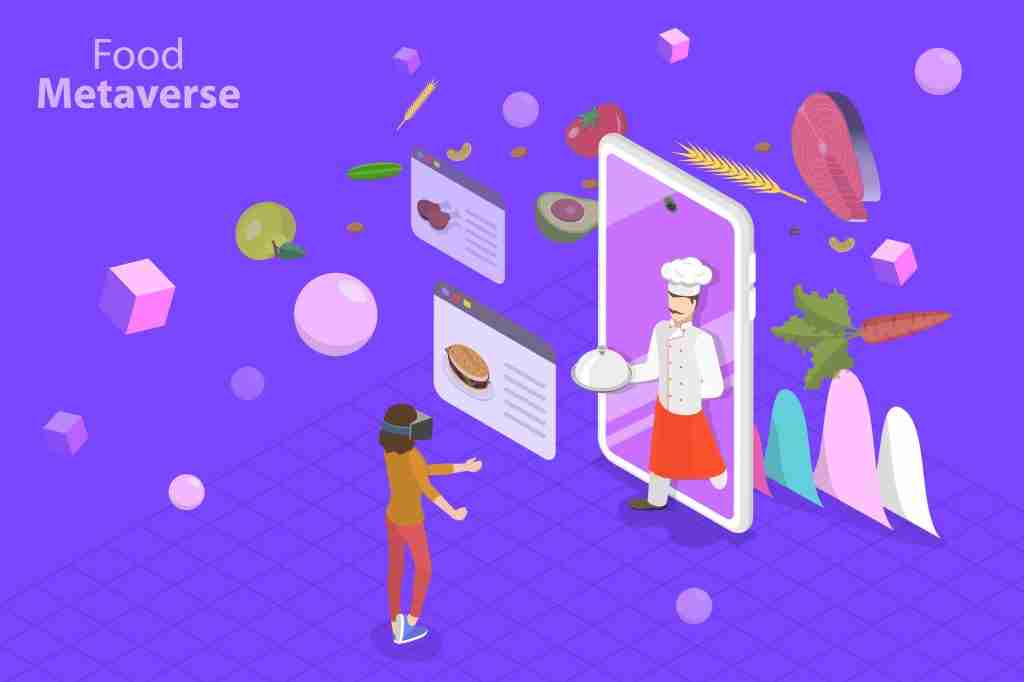
Digital food is my first book that I wrote during the pandemic in which I talk about all the technological ideas that I developed for my restaurant and pizzeria clients to solve the problem of social distancing with technology.
The book is meant to be a starting point for making all those involved in the Horeca sector understand the importance of technological evolution in restaurants to improve performance.
There are a lot of advantages for restaurateurs who rely on technology in their business.
The restaurant industry is constantly evolving, and technology is playing a significant role in shaping its future. With the rise of digital solutions, restaurants are leveraging technology to enhance the customer experience, streamline operations, and boost profits. In this article, we’ll explore some of the advantages of using software and technologies in restaurants, as well as new technologies emerging in the world of food, such as NFT for wine or blockchain for food chain traceability.
Advantages of using software and technologies in restaurants
Improved Customer Experience: One of the most significant advantages of using software and technologies in restaurants is improved customer experience. With the use of online ordering systems, digital menus, and tableside tablets, customers can easily place orders, customize their meals, and pay their bills. This convenience and flexibility can help restaurants attract new customers and retain existing ones.
Streamlined Operations: Another benefit of using software and technologies in restaurants is the ability to streamline operations. With the use of restaurant management software, restaurants can manage inventory, track sales, and monitor staff performance. This can help restaurants reduce waste, improve efficiency, and increase profitability.
Enhanced Marketing: By leveraging technology, restaurants can also enhance their marketing efforts. With the use of social media, email marketing, and online advertising, restaurants can reach a wider audience and promote their brand. Additionally, customer data collected through these digital channels can be used to personalize marketing efforts and improve customer engagement.
Better Data Analysis: The use of software and technologies in restaurants can also provide valuable data insights. By collecting and analyzing data on customer preferences, sales trends, and operational performance, restaurants can make informed decisions to improve their business. This can include menu changes, marketing strategies, and operational improvements.
New Technologies in the World of Food
NFT for Wine: NFTs, or non-fungible tokens, are a new technology that has recently emerged in the world of wine. By creating unique digital tokens for each bottle of wine, producers can ensure the authenticity and provenance of their product. Additionally, NFTs can also be used to create a digital marketplace for wine collectors and enthusiasts.

Blockchain for Food Chain Traceability: Blockchain is another emerging technology that is being used in the food industry to enhance traceability and food safety. By using blockchain, food producers can create a secure, tamper-proof record of their supply chain. This can help ensure that food products are safe, authentic, and sustainable.
Virtual Reality for Restaurant Design: Virtual reality is also being used in the restaurant industry to improve the design and layout of restaurants. By creating 3D models of restaurant spaces, designers can test different layouts and configurations before construction. This can help optimize restaurant operations and enhance the customer experience.
Artificial Intelligence for Food Production: Finally, artificial intelligence is being used in the food industry to improve food production and sustainability. By using machine learning algorithms, food producers can optimize crop yields, reduce waste, and improve the efficiency of food production. Additionally, AI can also be used to create plant-based alternatives to traditional meat products, helping to reduce the environmental impact of food production.
In conclusion, the restaurant industry is rapidly changing, and technology is playing a significant role in this evolution. By leveraging software and technologies, restaurants can improve the customer experience, streamline operations, enhance marketing efforts, and collect valuable data insights. Additionally, new technologies such as NFTs for wine, blockchain for food chain traceability, virtual reality for restaurant design, and artificial intelligence for food production are also emerging, promising to further transform the food industry in the years to come.
If you want purchase a copy of Digital food you can buy it on Amazon